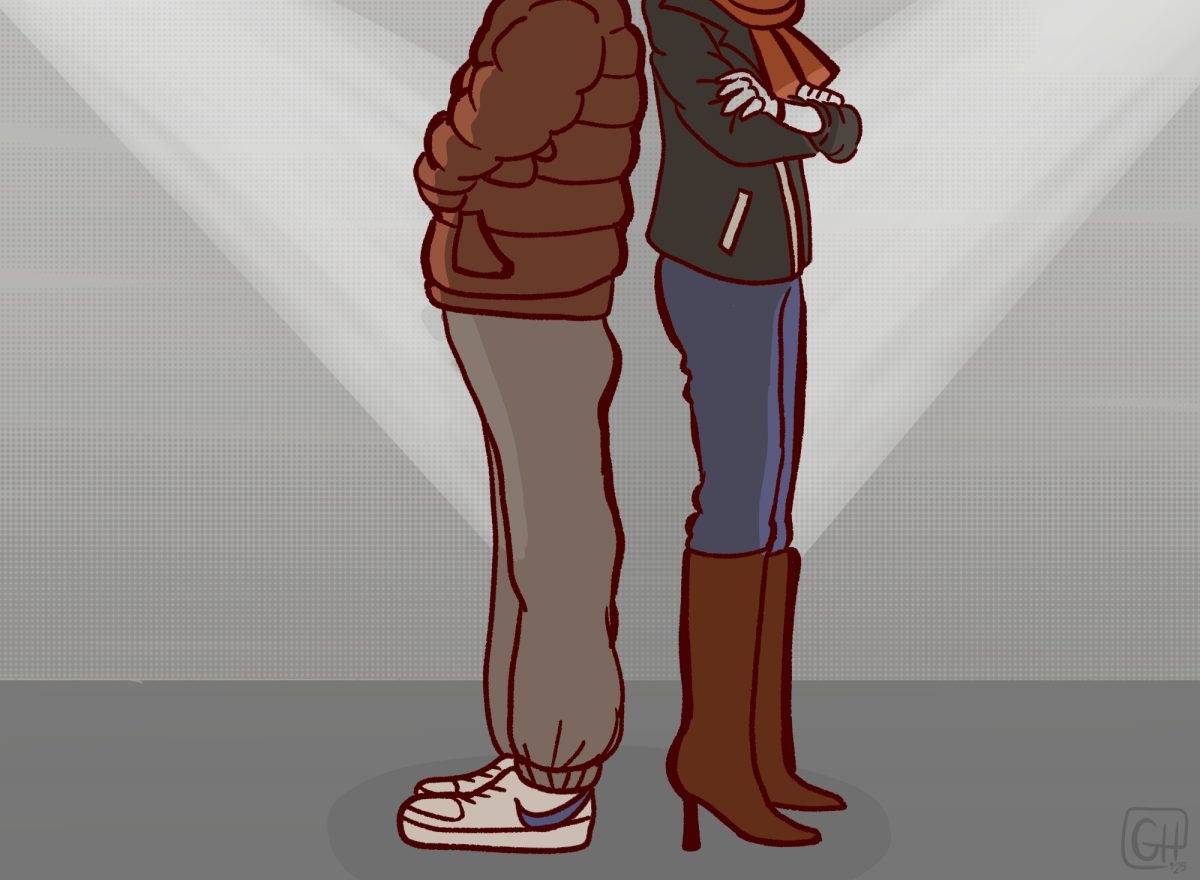As the country becomes more and more progressive on same-sex rights and accepting of queer people, LGBTQ+ people are increasingly seeing themselves represented in the media.
I’ll be honest — I don’t pay attention to pop culture much. But I did do a little research because I wanted to know how accurate these representations are. The answer is, well, not very. According to GLAAD’s 2014 “Where We Are in TV” report, the LGBT media is overwhelmingly white and overwhelmingly male.
While you could argue most of the media is like that, it particularly hurts queer characters to be portrayed inaccurately.
By having overwhelmingly white and male characters that are queer, we are erasing intersections of identities. It’s like saying, “It’s okay to be gay, as long as you aren’t a woman or a minority.”
LGBT Americans are more likely to live in poverty than their heterosexual counterparts. Portraying them as rich is problematic because it reinforces stereotypes and rejects the very real and true struggles faced by LGBT people.
Erasing the already marginalized experiences from mainstream media is problematic for society. LGBT people of color, LGBT women and non-binary folks have a hard time finding acceptance among their communities and others. Not conforming with mainstream media ideals makes it all the more difficult.
The majority of queer, female characters in the media are femme and feminine presenting. Even “The L Word,” a TV series about lesbians, only has a slightly androgynous character, Shane, who even makes fun of and rejects the label “butch.” This is another way of saying, “It’s okay to be gay, as long as it looks like you could be straight.”
As a woman who doesn’t present extremely feminine, this can be troubling. I can understand why it’s important to show feminine queer women, because the stereotype tends to be a more masculine-presenting woman. However, it’s still important to represent a full spectrum in the media.
The problem is that media is designed to please the male viewer, which is why almost any story about an unconventional looking woman ends up with her looking super feminine and confident and dating a guy.
Transgender representation in the media is even worse. There are very few transgender characters in the media, even less are substantial and well developed. And most are being played by male actors.
What about the trans actors and actresses? One big problem I have with the new show “Transparent,” a show about a transgender woman’s transition, is that a cisgender man plays the protagonist. I know it’s acting, but if you really want to support the transgender community, it’s important to support trans actors and actresses and let them be a part of the narrative the media tells.
I know that the only way to be accepted by mainstream media and the public is playing it safe. I know that it’s unreasonable of me to expect anything else. But it shouldn’t be. The mainstream media and public shouldn’t have to assimilate LGBT characters slowly. We are real people, and we are a part of this world. Why should they be allowed to dictate our lives, erase our lives and tell us on what conditions we are represented?
“Orange is the New Black,” although not perfect, is a pretty good representation of queer female characters. It has garnered lots of praise and interest, despite being an almost entirely female cast and including masculine looking women, people of color, lower income people and a transgender woman played by Laverne Cox, a transgender woman. Clearly, it’s not a show for everyone, but it proves that shows revolving around characters that aren’t straight, white and male can still be successful.
A lot of the problem leads back to the people who are behind the magic. Once the people in power, the people producing media and the people funding media, are less overwhelmingly white, male and straight, we will hopefully see and hear more diverse, true narratives being told.
My dissection of the media leads me to a conclusion that I already knew: the media doesn’t want you if you are marginalized. The media wants to tell stories that are assumed to be all-encompassing and widely consumed. Unfortunately, their definition of this is very limited, leaving no room for diversity.
It’s great to finally start getting representation at all and having our stories told, but the media needs to start focusing on critically thinking about how they tell LGBT stories. Don’t just introduce an LGBT character to have an LGBT character. Make it matter, make it accurate and make it real.
I want all young people who are exploring their sexual and gender identities to look to media and see positive representations of themselves and their peers. I want them to have role models. I want media, culture and people to tell marginalized communities that they matter and they are valuable too.



















































































































